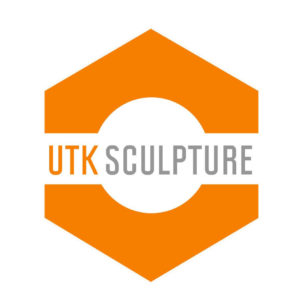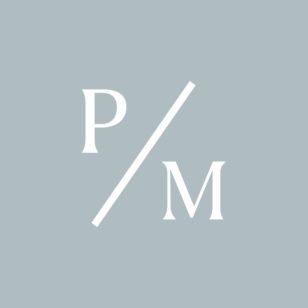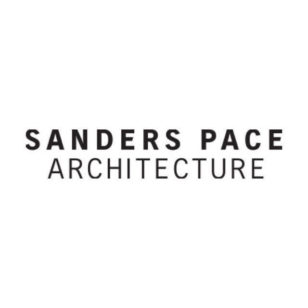INTERVIEW: HAMLETT DOBBINS
AUG. 31, 2017
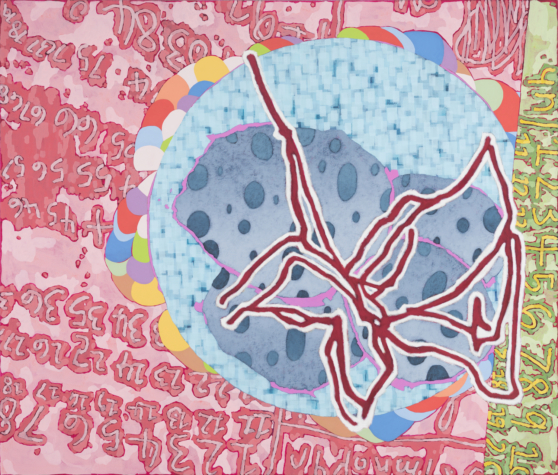
INTERVIEW: HAMLETT DOBBINS
AUG. 31, 2017
Rachel Bubis: As a TN native who has been living and working here many years as an artist and curator, how do you take the temperature of the current art scene in TN? Do you notice any similarities or differences between the Memphis and Nashville communities?
Hamlett Dobbins: I haven’t been able to travel as much as I used to when I was working as a curator. I think the energy and activism in the Memphis art community ebbs and flows. We have spurts where there are lots of popup alternative spaces and then people move away or get full time jobs or get burnt out and they close and then a few years later there’s another spurt. I feel like there are great things happening at a number of the institutions in Memphis, particularly thinking about the college galleries here. Patty Daigle is continuing great programming at the University of Memphis Fogelman Galleries, same with Joel Parsons at Clough-Hanson Gallery at Rhodes College. Now Cat Peña is running the gallery at Christian Brothers University. Dwayne Butcher organized a show for the newly renovated Art Museum at the University of Memphis. The Crosstown Concourse and Crosstown Arts will be a big bump for the community with a new space for exhibitions and its residency program. There are some new spaces and groups like the Orange Mound Gallery as well as The CLTV. I feel like it’s a good time to be in Memphis as an artist. Of course, like all communities, we could all use more patrons for the arts. I am afraid any observations about Nashville or Knoxville would be uninformed, based entirely on conversations with friends who live there.
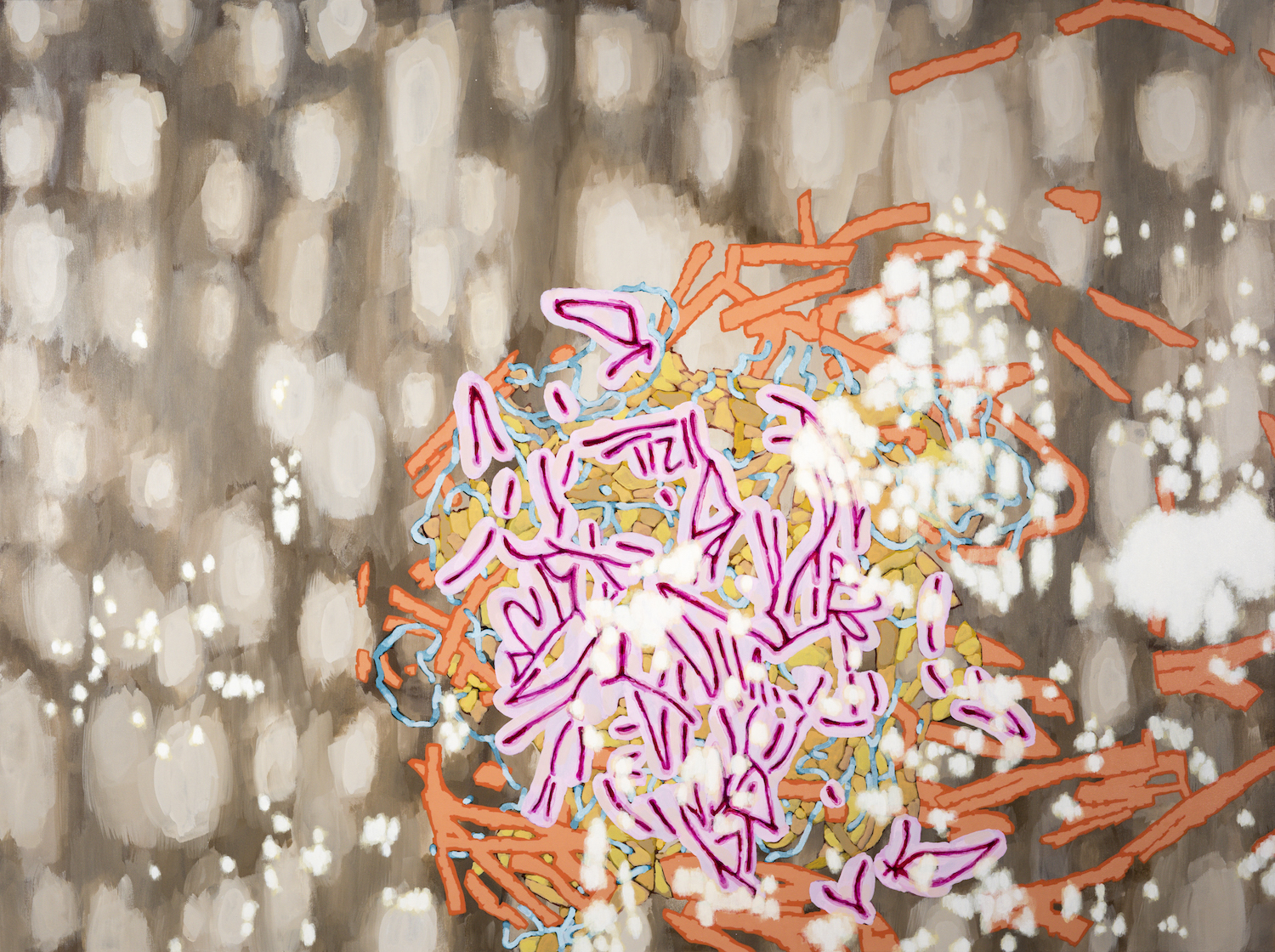
Hamlett Dobbins, Untitled (for C.L.N./D.H./W.D.), 2016, Acrylic on canvas, 60x80”
RB: You founded the artist run space Material in Memphis in 2003, which had its last exhibition in 2013. As a person involved with running a like-minded project space in Nashville [Seed Space], I’m curious what you took away from the experience. In my research of the history of such spaces, these venues, which I believe have an important cultural impact, are often times short-lived.
HD: You’re right, they are usually short lived. I worked as a curator, teacher, and organizer since moving back to Memphis from Iowa in 1999. We ran Material in the storefront where I had my studio and my family lived in the space above. Our goal with that was to provide a small, intimate space where young artists could have shows without a ton of work needed to fill larger space or for established artists to show something new. It was also a place where I brought artists in from out of town to do a show. My position at Rhodes College at the time allowed me to also invite them to the school to do a talk and crits with students to help fund their travel. We charged a small fee to use the space. That fee covered the lights, paint, spackle and the four or five hours of my time needed for each show to happen. I can’t speak to all alternative spaces but for Material and its end, I went through a divorce and got the Rome Prize in quick succession and we ended up selling the building. The people at Crosstown organized Material Anthology, a show with most of the hundred plus artists we’d shown over the nine years we were open.
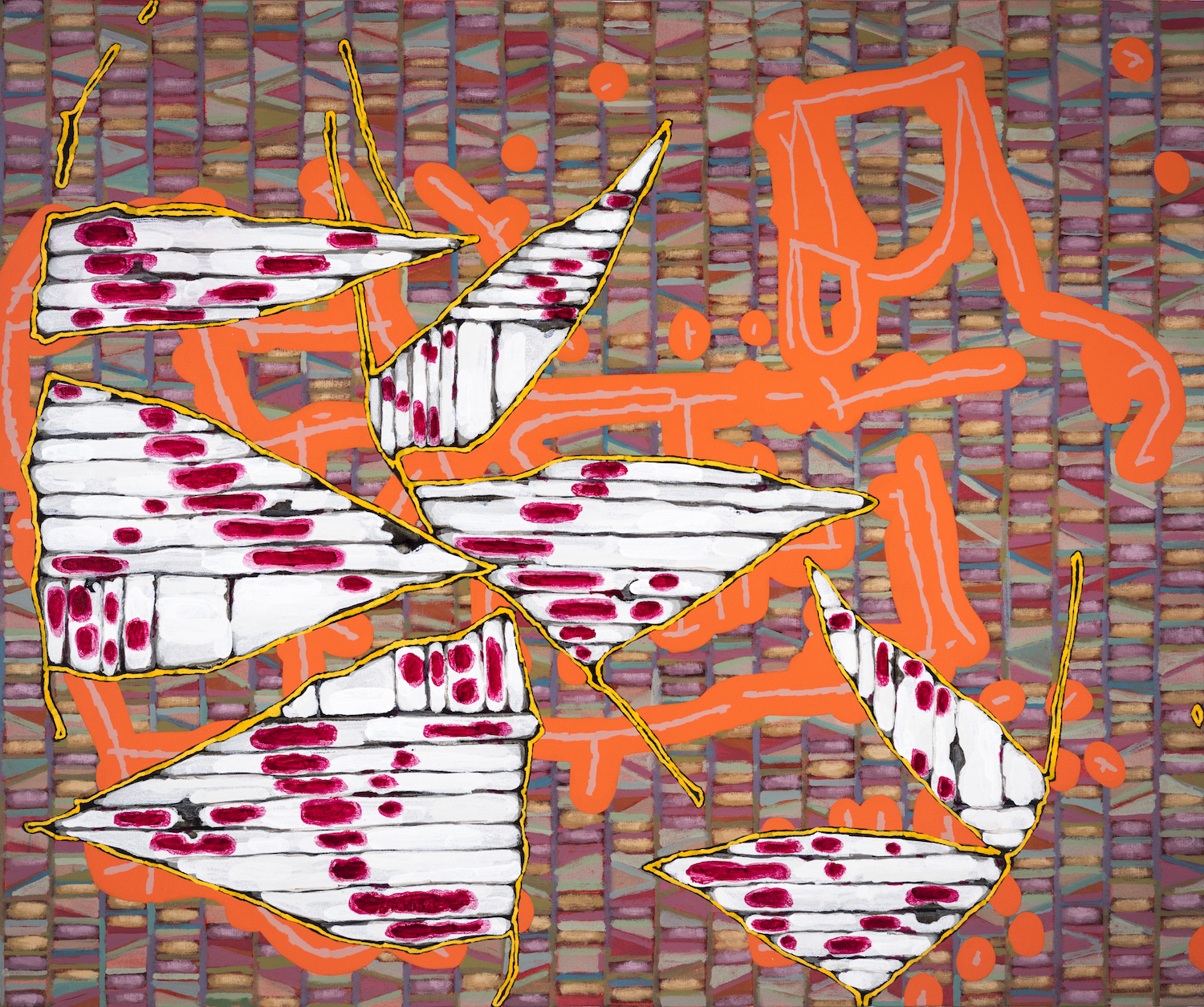
Hamlett Dobbins, Untitled (for J.A.H./K.S.P./A.A.R.), 2016, Acrylic on canvas, 50x60”
RB: What was the most significant thing you learned from running Material? Did you gain any insight into what goes into a maintaining a sustainable model for this type of venue (besides funding)? Do you feel that it is ok that these types of spaces are transient?
HD: I’ve found that alternative spaces are born out of a sense of need. Whether it’s making a space for young queer artists to find a community (Beige and Quartz), showing work that just doesn’t fit in the establishment (ArtFarm), showing artist who make site-sensitive work (Medicine Factory) or making a space that blurs the line of authorship as well as art and life (Glitch), these spaces are typically a passion of a single person, usually young, and incredibly motivated. One of the things I love about being here in Memphis is that you don’t have to kill yourself to make a significant impact in your community.
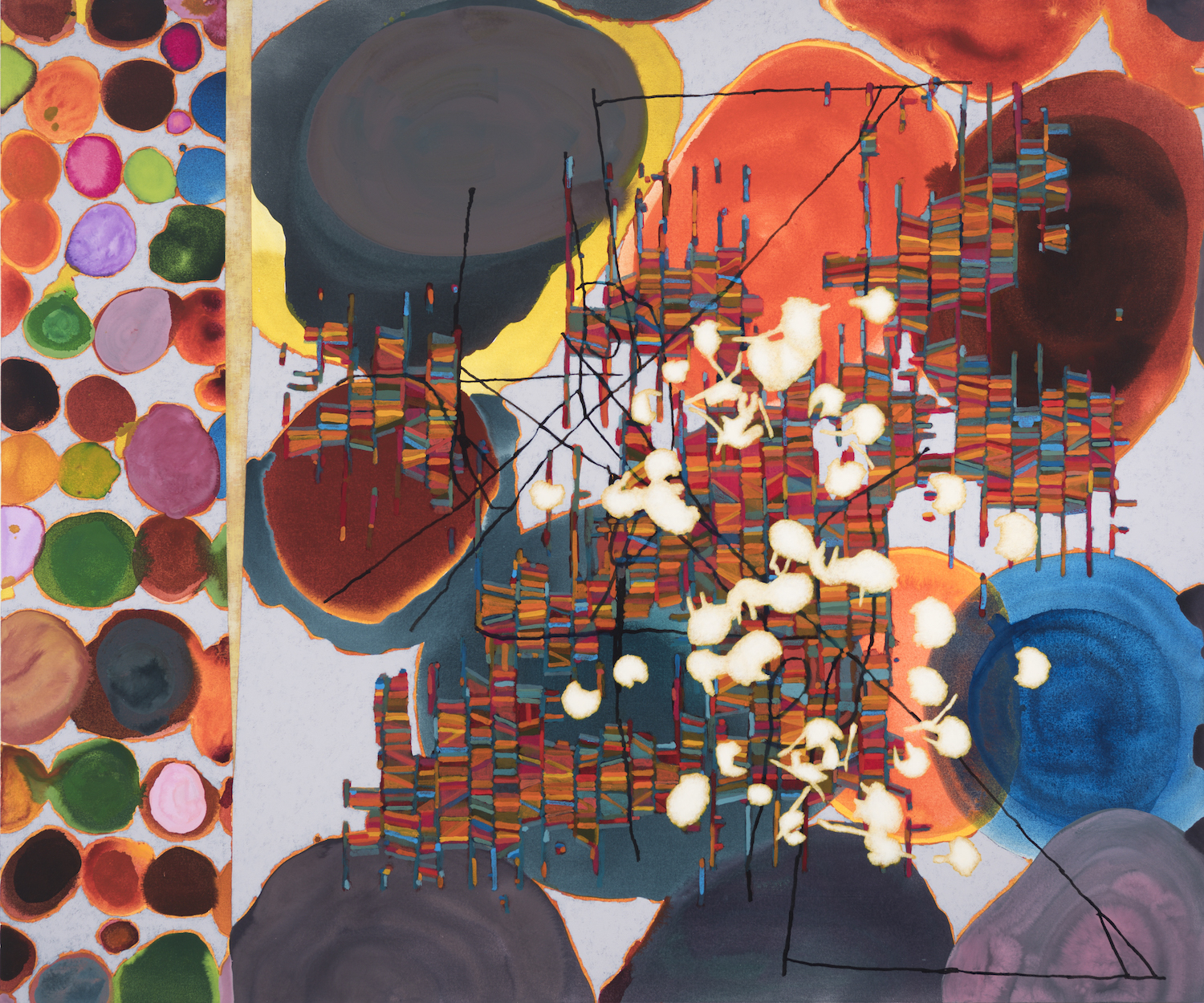
Hamlett Dobbins, Untitled (for F.G.T./E.R.S./C.M.C.), 2016, Acrylic on canvas, 60x72”
RB: You begin your personal statement with “You have two kinds of boys born in 1970: Lego boys and Lincoln Log boys. I’m a Lego boy.” What’s the difference between a “Lego boy” and a “Lincoln Log boy?”
HD: Ha, well that might just be a good line. I never played with Lincoln Logs. You can’t make an X-Wing Fighter with Lincoln Logs. I liked the possibility that came with playing with Legos. I also liked the surprises that would happen when you’d rummage through the box and find a piece that’s actually better than the one you had in mind in the first place. I always loved making things more than the things themselves.
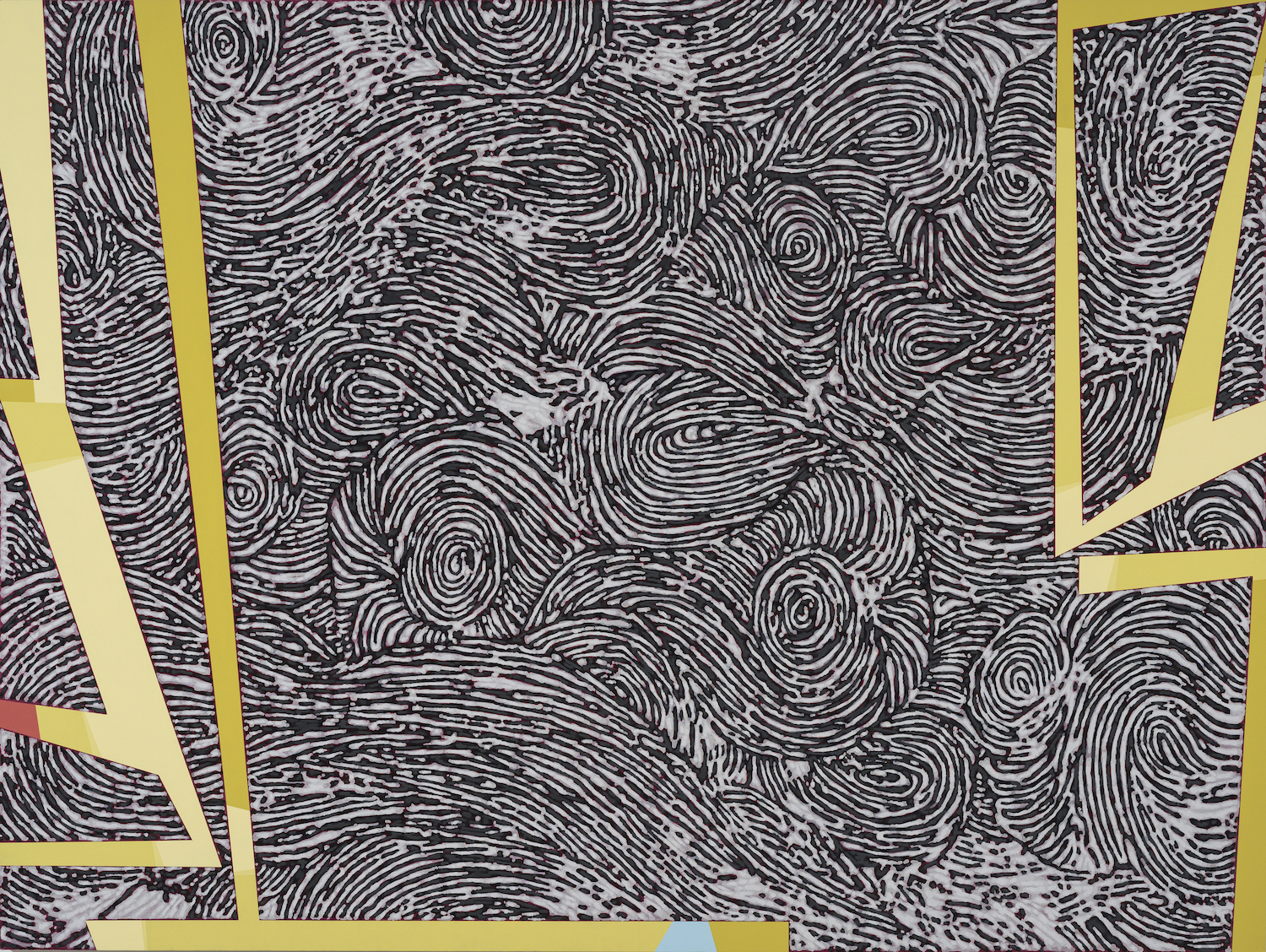
Hamlett Dobbins, Untitled (For O.S.M./N.A.C./L.), 2017, Acrylic on canvas, 60x80.25”
RB: When was the last time you played with Legos?
HD: I have kids so I play with them pretty regularly.
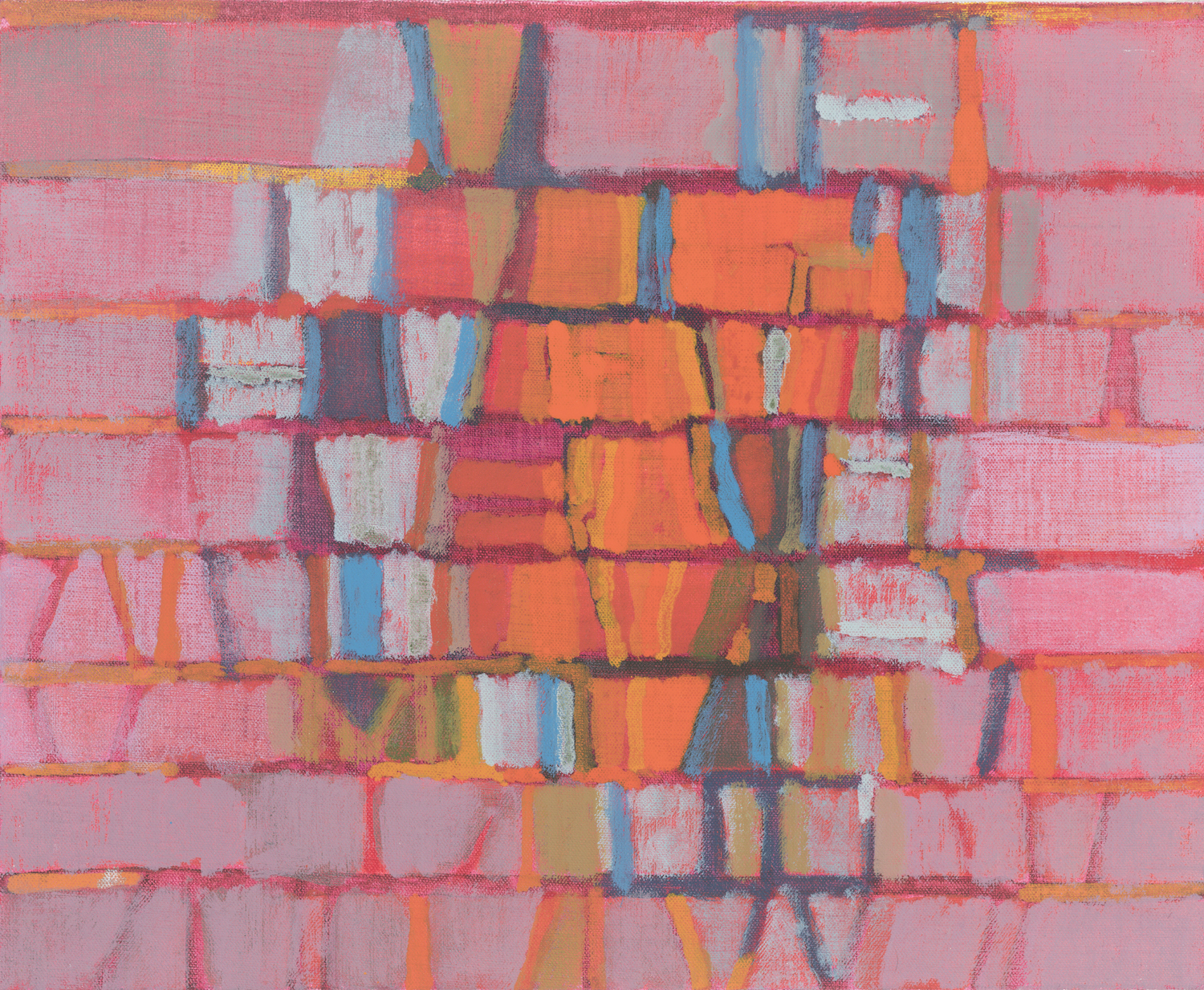
Hamlett Dobbins, Untitled (for M.R.M./I.V./C.M.C.), 2016, Acrylic on linen on panel, 15x18”
RB: You work mostly with acrylic paint on canvas/panel. Do you see any connection between the medium of Legos and acrylic paint?
HD: I’ve never really thought about that before. I worked with oils for years and would work in acrylics on and off when I would collaborate with friends. It was a way to work out ideas quickly. In my old place I had a studio that way away from where the family lived and I had a great air filter so the oil fumes weren’t too difficult to deal with, but now my studio is in my dining room and it’s in the center of the house. I had always wondered what would happen if I switched to acrylics but couldn’t bring myself to switch. Moving to my new place forced that switch, but I’d been really fruitful. I’ve been able to work much faster and diligently with acrylics. It’s freed me up to try new approaches.
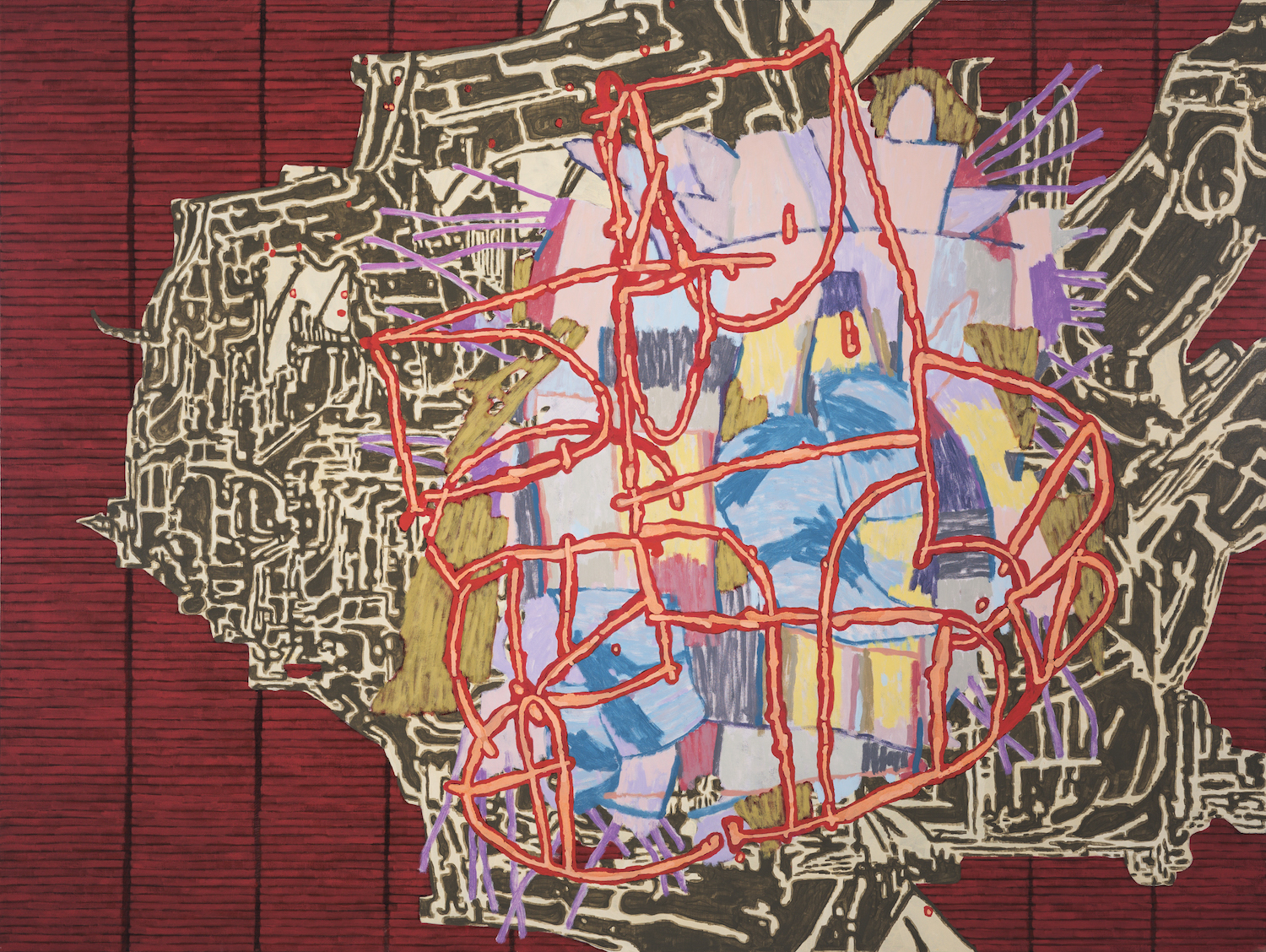
Hamlett Dobbins, Untitled (for S.M.R.M./B.S./M.T.) 2016, Acrylic on canvas, 60x80”
RB: From what I understand, a drive behind your work is the desire to process and document profound moments in your life. I read that you often times photograph specific moments first, then abstract these images through the painting process. What inspires you about this act of translation of memory to photography to paint? Do you consider your photographs as works of their own?
HD: That process came about after deciding to have kids. Before kids, I would go into the studio without a clear idea of what the painting was going to look like. I knew what I wanted the painting to do but I had no real plan. This was pretty typical of abstract expressionists to try to allow the painting to be the document of the experience of painting. I realized that once I had kids I wouldn’t be able to come into the studio for six hours at a time in the middle of the night and get in the zone. I had quick bursts of time in the studio, twenty minutes here, thirty minutes there. I had to change my strategy and I started making the little collages that the paintings are based on. Old school with scissors and glue at first but then that grew into using Photoshop to build the maquettes. Building those models is my inspired, creative moment and the physical act of painting is slower and more like meditative work.
The question of why not just make the collages based on the abstracted moments? Why paint? For me the process of painting is the magical part where I am slow and attentive. I am able to be still and present in that moment. There is a transformation that happens in my mind and I come to understand the physicality of that moment better. For me, painting is what gives the images/moments juice.
When I collaborate with Tad Lauritzen Wright as Mellow Mountain Coalition we don’t have a preset plan, it’s like playing speed chess to the slow chess model of my personal studio practice.
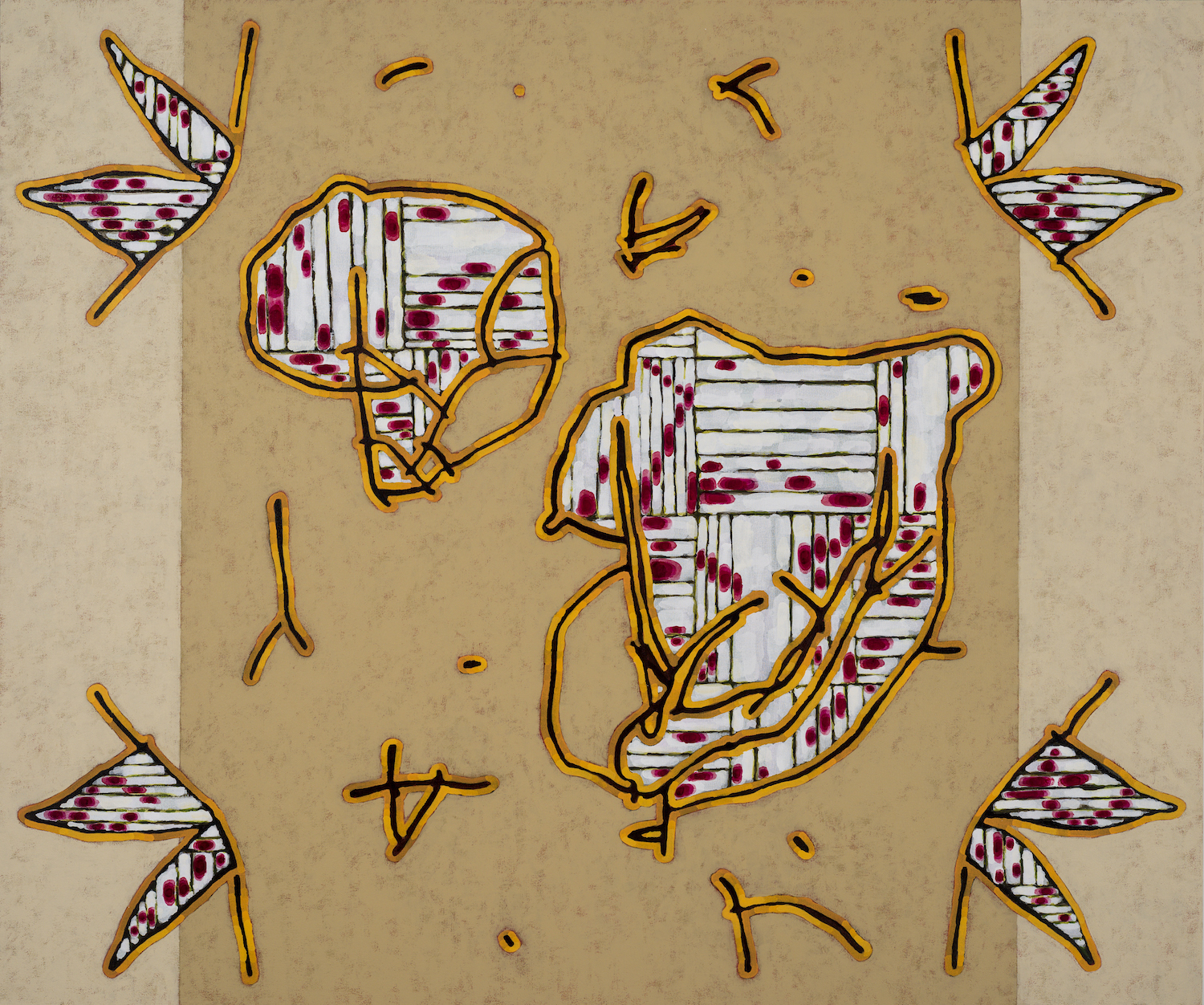
Hamlett Dobbins, Untitled (for A.A.R./J.A.H./M.B.G.), 2016, Acrylic on canvas, 60x72”
RB: You say that since 2002, many of your paintings have focused on your experiences with particular people whom are literally referenced in your titles through initials. Have you ever pointed out a specific work inspired by one of these people and told them they were an inspiration? How did they react?
HD: I usually do that. I am sure it’s awkward for them: “oh no, I don’t like that painting, how do I tell Hamlett that without hurting his feelings?” But I usually tell them. They are usually close friends who know how the paintings are born.
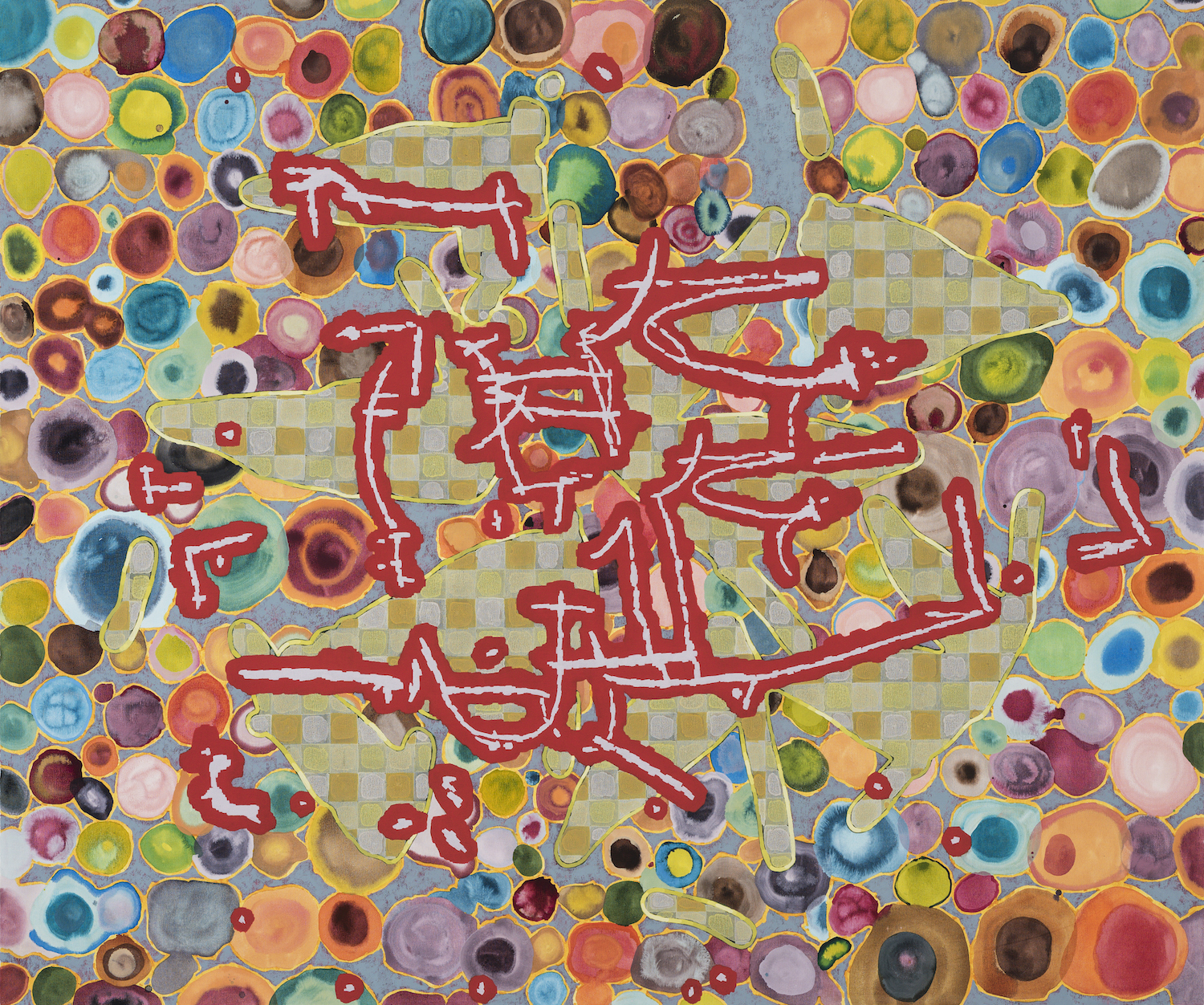
Hamlett Dobbins, Untitled (For K.S.P./E.R.S./T.N.), 2017, Acrylic on canvas, 60x71.5”
RB: On your website, your tagline is “Art is a Verb.” For you, what is the most important action of art/art making? Do you feel a responsibility as an artist to act/make work a certain way in response to the current political climate? Or do you think of art-as-action more abstractly pertaining to ideas like “discovery”? Has this idea changed throughout your career?
HD: That tagline is stolen from Greely Myatt who stole it from Richard Serra, so it’s definitely not mine. (I steal everything.) Like the Legos, it’s the pleasure of working that really excited me and makes me go into the studio, as opposed to the paintings that come out of it. I like the paintings, but for me it’s mostly about being in the studio making.
My sister, Heather Dobbins, is a poet. She writes about real and imagined things in way that can be understood by the reader. I, on the other hand, have always needed a layer of paint between myself and the viewer. I don’t honestly know about responsibility and my art. I am active politically and socially, but I have always thought abstractly. I’ve made work that has objects, but my brain just sees the world abstractly. I’m a visual thinker who prefers not to have a lot of my words going in my brain while I’m in the studio. It’s not a thing I can control or push in one direction or another and still feel honest about it.
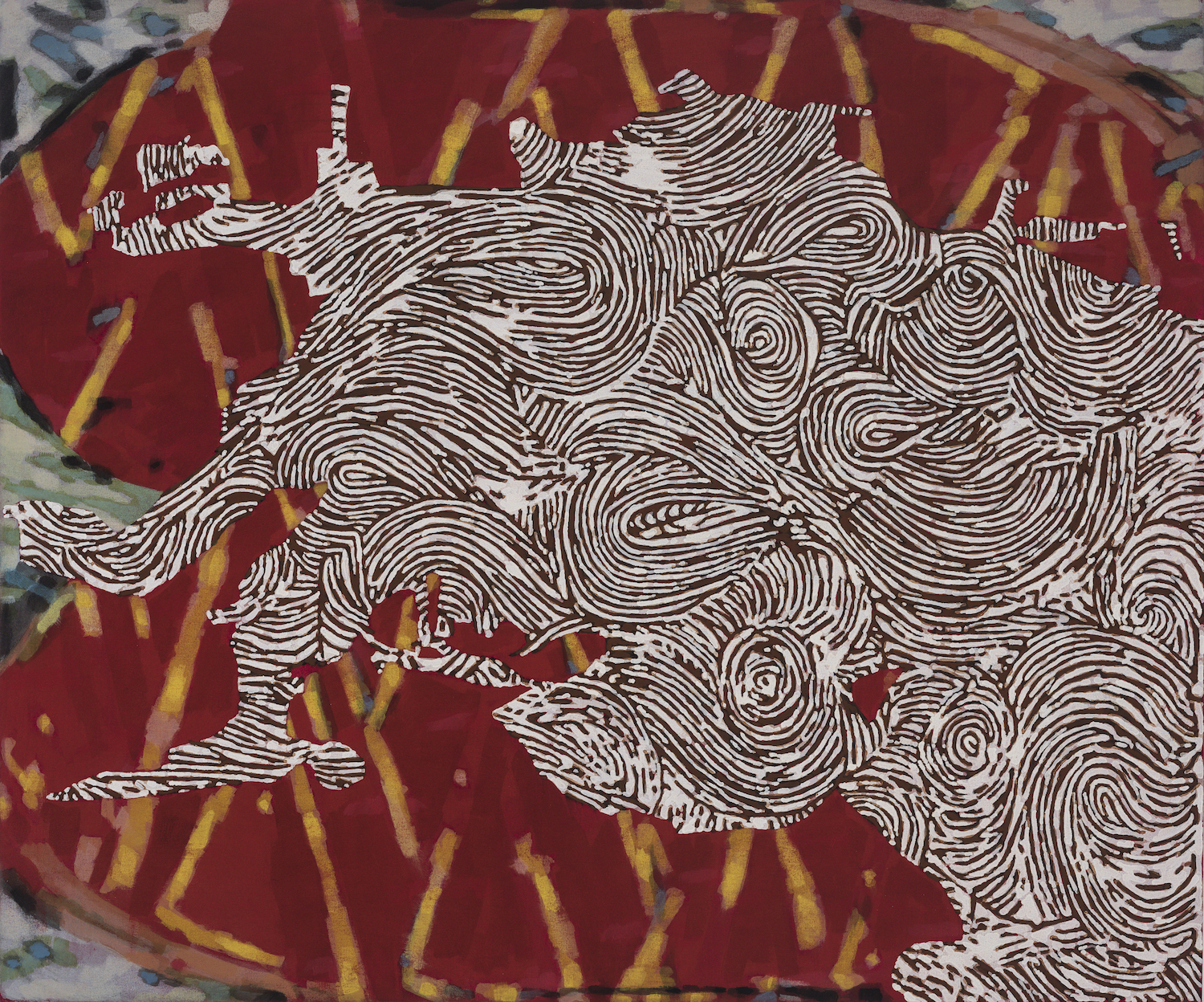
Hamlett Dobbins, Untitled (For A.J.F./N.A.C.), 2017, Acrylic on canvas, 50x60”
RB: What are you working on now? Do you have any exhibitions coming up?
HD: I am always working in the studio and sending things off to David Lusk’s spaces here in Memphis and Nashville. I have some work coming up in some group shows here and there like the Chaos and Information show coming up at the Frist Center next year. Mellow Mountain Coalition has taken off more. We had a really fun show at the Caboose at the Chattanooga Choo Choo with TN Contemporary. We have a number of shows coming up. We are having a solo at Piedmont College in Georgia in September and we are going to be included in a show at Gallery 16 in San Francisco in November as well as some other venues we are working on. We also just had a website made for our work: www.mellowmountainart.com. Collaborating has been so important for me. I can’t imagine my practice without it.
* all work courtesy the artist and David Lusk Gallery
A native of Tennessee, Hamlett Dobbins spent most of his life in Memphis. He received his BFA from the University of Memphis in 1993 and went on to receive his MA and MFA from the University of Iowa in Iowa City. After completing his graduate studies, Dobbins moved to Memphis where he worked as a curator for Delta Axis @ Marshall Arts while teaching at University of Memphis, University of Mississippi, and at Memphis College of Art. In 2000 he received a fellowship for a residency at the Vermont Studio Center in Johnson, Vermont as well as a three month residency at the Bemis Center for Contemporary Art in Omaha, Nebraska. He has received grants from the Pollock Krasner Foundation as well as the Tennessee Arts Commission’s Individual Artists Grant. He has shown his work throughout the region as well as at Art in General in New York, NP40 in Amsterdam, The American Academy in Rome, Dogmatic in Chicago, and Lump Gallery in North Carolina. His work has appeared in New Art Examiner, Art Papers and Number. For the last fifteen years Dobbins has been active in the art community in Memphis working as a curator, a writer, and a teacher. From 2001 to 2013 he was the director of the Clough-Hanson Gallery at Rhodes College where he also taught. From 2004 to 2013 he ran a non-commercial alternative space called Material where he provided exhibition opportunities for nearly a hundred artists from Memphis, Tokyo, and places in between. In 2013 he was awarded the Rome Prize and spent eleven months as a fellow at the American Academy in Rome. He now lives in Memphis with his two children, Milla and Ives.
Rachel Bubis is an independent arts writer and curator of Seed Space in Nashville, TN.
